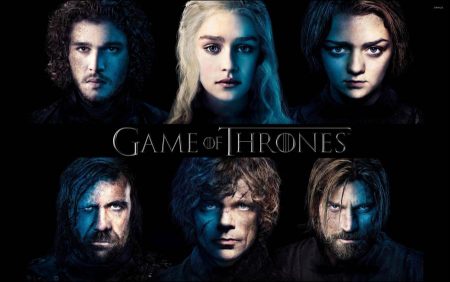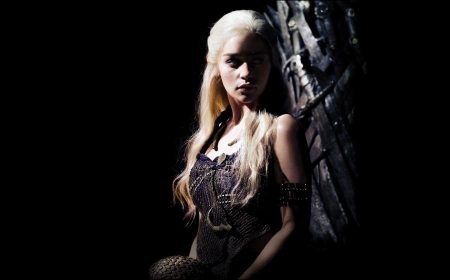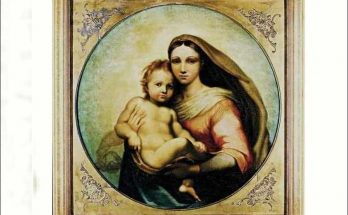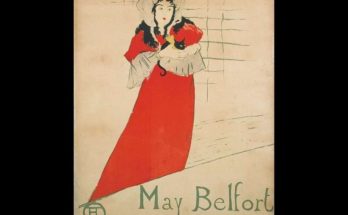Severe violence, sexism and misogyny in some of the throne series, Song of Ice and Fire, and some of them in the Throne Games series, awaken some viewers who sometimes find these scenes unnecessary. Martin has also been accused of male chauvinism for his frequent involvement in sexual violence. Martin defended himself against these allegations by saying that he was a “feminist and that he had done nothing but revitalize the forms of sexuality typical for the Middle Ages in his novels.
Benioff and Weiss, who created the series of Game of Thrones, embraced Martin’s obsession with realism. For example, in the “other features indeki of the fifth season DVDs, there is a chapter titled Gerçek The Real History Behind the Game of Thrones,, which makes comparisons between some events in the series and their so-called“ medieval dayan foundations. Moreover, in an interview in 2011, Daniel Weiss talks about the scenes of sexual violence in the series: “[The West] is not our world, but a real world: a violent, more cruel world than ours. Weiss He adds: imizi We thought that if we were afraid of such things, we would undermine the reality and soundness of George’s vision.
The promise of such realism in historical series or films is not a new phenomenon. Shannon McSheffrey says the filmmakers tend to iddia claim that there is a serious ‘historical research altında underneath what is seen on the screen, but they justify the historical mistakes found in the productions under the name of artistic freedom. According to Elyzabeth Wawrzyniak, this type of medievalism consists of an “ideological cover ları that the producers use to legitimize their artistic preferences. In fact, this ”realism” is the result of the complex stratification of medieval images that Western culture has produced for at least two centuries. In the Game of Thrones, we can see many of the medieval metaphors created by Western artists, thinkers, and historians.
Another important feature of Martin’s medievalism is its continuous dialogue with the present. So much so that his novels fit Pugh and Weisl’s definition of medievalism: yorumu the artist’s interpretation of the sociocultural environment of his time. The author tries to establish a permanent and permanent contact with our time while telling his own story and using the medieval images in his mind.
Medieval Perception in Audiences
Both Martin’s, Benioff and Weiss’s statements about realism, as well as the “pervaded medieval olan that dominated his work, played a major role in feeding the idea that novels and series were somehow inspired by real medieval events and themes. This so-called realism is one of the most important factors in the success of the epic story. Helen Young, who analyzed the reception of the Game of Thrones, speaks of a “cognitive discrepancy indeki in her fan base: var There is a strong desire that imaginary worlds reflect the historical realities of the Middle Ages; however, the fact that a fantasy world will not, by definition, be incompatible with historical phenomena does not hinder the demand for historical reality.
It appears that medieval images are infiltrating into the most common medieval diversity assimilated by mass culture, while audiences have a hard time distinguishing between medieval representation and scientific and academic interpretations of the medieval. We can read this process in the light of Baudrillard’s notion of “hyper-reality”.
Brent and Kevin Moberly drew attention to the relationship between medievalism and hyper-reality: “Neo-medieval works are not meant to describe, reproduce or revive the medieval, but aim to simulate the medieval by using modern techniques and technologies: that is, more visible than the medieval itself. and to produce a tangible, tradable, and therefore possessable medieval variation. Thus, these works produce a medieval variation that, as Baudrillard wrote in his simulation description, is ‘not really real anymore”.
It is ironic that both historians and ordinary people who are keen on history have been criticizing the historical films or serials to a great extent on the criterion of conformity to history; but in our case, thanks to the clever strategy of writers and producers, although we speak of a fictitious epic, fans use the same positivist approach to attribute the production of the Game of Throne to serious and rigorous historical research. The website Tarih History Behind the Game of Thrones ilmiş, devoted exclusively to the similarities between the Game of Thrones and the Middle Ages, is also the product of this approach.
When the issues of comparison, for example, the characteristics of the medieval peoples of the North or Middle East, or the role of women in medieval societies, the criteria of those who evaluate the work with a positivist approach seem to be largely based on the medieval imagery of centuries-old stereotypes. and the honorable warriors, or the people of the East, like the medieval Middle Eastern societies, as well-offers and slaves merchants). The audience, who sees the representation of these patterns, thinks they are convincing, easily understands these familiar ideas, and this has a role in the production’s effect of historical reality.
Postmodern Medieval
At the end of the article, George R.R. We can summarize the results of Martin’s medievalism. At first glance, the final result can be said to be the reproduction of a stereotypical “dark” medieval image based on Martin’s “authentic fetishism”. However, each film or series is toplumsal a social product determined by the conditions of its own historical context and in the Song of Ice and Fire and the Game of Thrones, we can observe some typical elements of postmodern culture and narrative. The absence of absolute moral values, the absence of heroes and enemies, the lack of a single point of view in the narrative, the desire to break the rules of the fantasy genre – all of which are sufficient to describe the novel and the series in terms of both content and style.
In the American historical novel tradition, this postmodern approach is not new, but it appears that Martin’s work embodies all aspects of this approach. Martin does not take refuge in an idealized past, as Tolkien did to some extent, in response to the chaos of the two world wars; on the contrary, his postmodern response to “chaos, is to reflect this chaos to the past, to a vague“ medieval”. In doing so, it creates what we can define as “postmodern medieval.. This medieval idea created by Martin has become one of the most influential medieval images in Western culture, largely due to the television series.
Visits: 68




